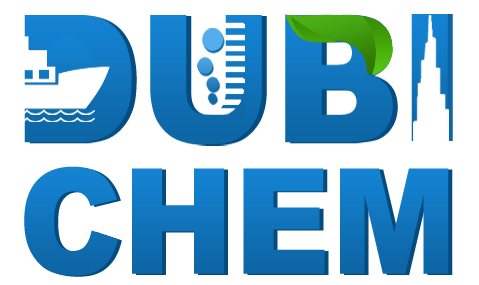Produced water typically enters the water-treatment system from either a two or three phase separator, a free water knockout, a gun barrel, a heater treater, or other primary separation unit process. It probably includes small amounts of free or dissolved hydrocarbons and solids that must be removed before the water can be re-used, injected or discharged. The level of removal (particularly for hydrocarbons) and disposal options are typically specified by state, province, or national regulations. This article discusses techniques for the removal of free and dissolved hydrocarbons. See removing solids from water for information on solids removal.
Dispersion:
Small oil droplets contained in the water-continuous phase are subject to the competing forces of dispersion and coalescence. An oil droplet will break apart when kinetic-energy input is sufficient to overcome the surface energy between the single droplet and the two smaller droplets formed from it. At the same time that this process occurs, the motion and collision of oil particles cause coalescence to take place. Therefore, it should be possible to define statistically a maximum droplet size for a given energy input per unit mass and the time at which the rate of coalescence equals the rate of dispersion.
The greater the pressure drop (and, thus, the shear forces that the fluid experiences in a given time period), the smaller the oil droplets will be. Large, pressure drops, which occur in small distances through chokes, control valves, and instruments, result in small oil droplets and water that is harder to treat. A pressure drop of 50 to 75 psi will result in a maximum particle size of 10 to 50 μm. To mitigate the negative effects of large pressure drop across the valves, low shear valves can be employed.
Coalescence:
Within water-treatment equipment, in which the energy input to the fluid is very small, the process of coalescence takes place; that is, small oil droplets collide and form bigger droplets. Because of the low energy input, these are not dispersed.
Coalescence can also occur in the pipe downstream of pumps and control valves. However, in such instances, the process of dispersion will govern the maximum size of stable oil droplets that can exist. For normal pipe diameters and flow velocities, particles of 500 to 5000 μm are possible.
Dubichem chemicals international is a leading supplier, manufacturer and exporter of Hydrocarbon remover in Dubai, Ajman, Abu Dubai, Sharjha, Fujairah, Turkey, Saudi Arabia, Qatar, Kuwait, UAE, oman, Iraq, Singapore, Malaysia, Indonesia, Lebanon, Greece, India, Sudan, Ghana, Madagascar, Kenya, Nigeria, Zimbabwe, at Dubichem@gmail.com and for more related products visit www.dubichem.com.
